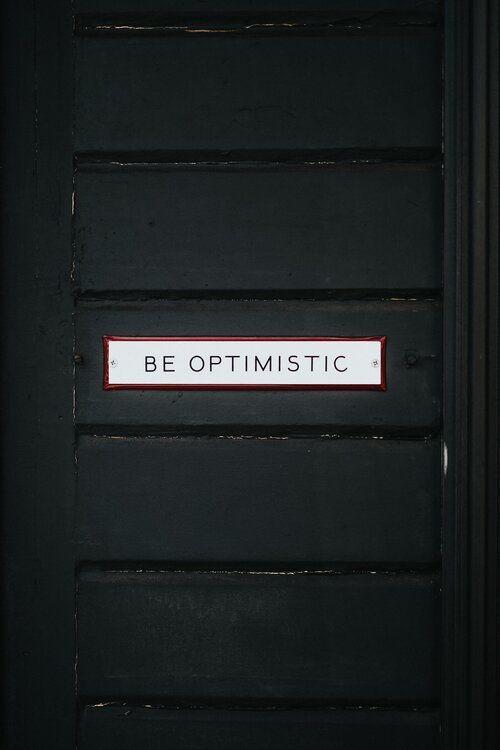Don't Look on the Bright Side
Looking on the bright side is just another form of the dreaded “black and white” thinking. You don’t have to do it, and you probably shouldn’t.

Like most fallacies, "thinking in black and white" is easy to describe in its essence - but extremely difficult to apply appropriately and consistently in the medium of one's life. I'm beginning to think that it underlies a huge diversity of issues.
So I was pleased recently when I came across Kaj Soltara's "Things are allowed to be good and bad at the same time." In this, he notices that his brain seems to want to settle things - judgments, choices - in a neat, clean, unipolar way.
Unfortunately, though, this tendency towards black & white thinking doesn't always serve us well. It buys flimsy simplicity at the steep cost of emotional turmoil, inner bickering, and narrowed metaphorical vision for things as they are.
I'm here to tell you about the provocative, challenging corollary to things being allowed to be both good and bad at the same time:
"Looking on the bright side" is still thinking in black & white
The problem with black and white thinking isn't the black per se - it's the imposed, false dichotomy. "Looking on the bright side" might feel a bit better, if you can make it stick.
(spoiler alert: it often doesn't stick)
Nonetheless, deliberately "looking on the bright side" in effect just reinforces one's dubious commitment to black & white, all-or-nothing thought. It's rarely necessary to form a global judgment of anything anyways, so you can afford to experiment with your methods.
Things - choices, situations, people - aren't flat. They're round. They have textures. Feel each thing with all the nuance you can muster, and see/enjoy/tolerate the particularity for what it is.
Pamela J. Hobart - Philosophical Life Coaching Newsletter
Join the newsletter to receive the latest updates in your inbox.